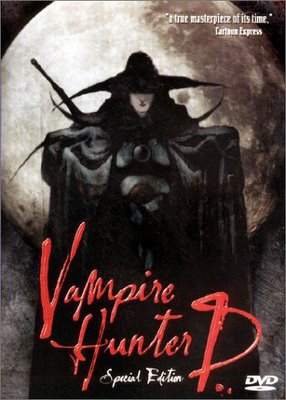Elizabeth Bathory was born a noblewoman in 1560. Her family held lands throughout Transylvania, and were considered one of the most powerful families in the country. When she was teenager, she was betrothed and married to an equally powerful nobleman by the name of Count Ferencz Nadasdy. Throughout their marriage she took many lovers.
At age 25, Bathory began to be terrified of growing old and losing the beauty that she had come to depend on so greatly. After Count Nadasdy's death in 1604, she moved to her family's lands in Vienna, where her obsession would quickly grow dark and evil. Bathory had by this point in her life, according to some accounts, begun to dabble in some forms of sorcery, attending rituals that would include the sacrifice of horses and other animals.
Bathory's personal obsession with blood started quite harmlessly, by all accounts. One of her servant girls had not been performing to her standards, so Countess Bathory struck the young servant girl in the face with scissors. The servant girl's blood sprayed across Bathory's hands. When the Countess went to rinse off the blood, she felt her skin looked smoother and younger than it had in years. The tenuous connection between blood and youth had been made, and it was from here that she began her bloody descent into evil.
Convinced that blood, particularly the blood of young girls, was the secret to eternal youth and beauty, Countess Elizabeth Bathory began to devise scheme after scheme to provide herself with the blood, and therefore the youth, she so desperately sought. During her reign of terror, which lasted several years, some accounts of her murders number in the 600 region or more. Some of these six hundred women killed were noblewomen like Bathory, albeit of a lower station, that she persuaded to come and work for her.
The murders were not as simple nor as straightforward as you might think. Bathory did not deal in simpicities like slitting the throats of the young girls she killed. Most of these servant girls were tortured by Bathory for weeks or even months before they were killed. They were cut with scissors, pricked with pins, even prodded with burning irons onto sharp spikes in a cage hung from the ceiling to provide Bathory with a "blood shower".
No one, not even a noblewoman, can continue these types of crimes indefinitely without questions being raised. The year 1610 marked the first of the inquiries into her crimes. By December of 1610, she was put on trial for her crimes. It has been speculated that the trial was brought about so speedily not only to bring quick justice for the murdered girls, but also (and primarily) to allow the local government to confiscate her family's not inconsiderable land holdings. Many believe the main reason the noblewoman was put to trial at all was for this reason.
No one can accomplish such a venerable feat as six hundred murders alone. Erzsi Majorova, the widow of a local tenant farmer, has long believed to be both the instigator and the brains behind the procuring and the disposal of the murdered girls. Many other accomplices, not named, were also put to trial, and found guilty. All accomplices, including Majorova, were put to death, each by different methods depending on the roles they played in the crimes.
Due to her nobility, Bathory was not allowed by law to be sentenced to death. She was sentenced to life imprisonment at the top of her castle in Cachtice. Her small room had no windows, no doors, and only a small opening in the wall to allow food to be passed through. There were few slits for air, and that was the total of her contact with the outside world. Elizabeth Bathory died in that room in August of 1614.
Her reputuation as a vampire grew not only from her greed for blood to bathe in to maintain her youth, but also for rumours that surfaced during the trial. It was said she bit the young girls and drank their blood outright. Evidence of this was difficult to come by as her court documents were sealed after the trial due to their scandalous nature. They resurfaced later, but were never found in intact form.
Bathory's reputation as a vampire has been celebrated numerous times in film. The movies Daughters of Darkness (1970), Countess Dracula (1971), Blood Castle (1972), Ceremonia Sangrienta (1972) and La Noche de Walpurgis (1972) all have brought Countess Elizabeth Bathory's story to the big screen.












